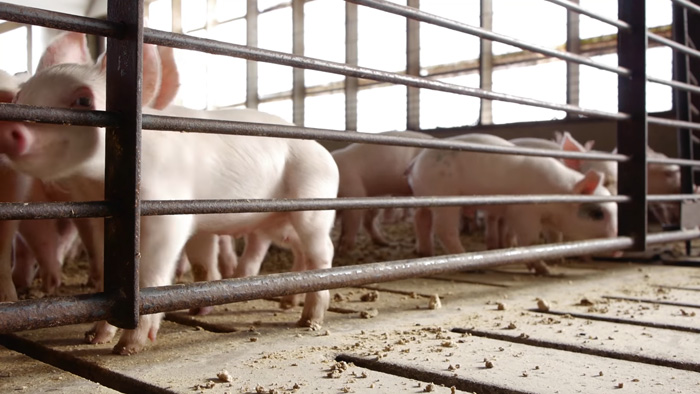The Swine Health Information Center suggests increased PRRS and PED activity during February reflects the need to focus on biosecurity.
The Swine Health Information Center’s monthly domestic swine disease surveillance report showed increased Porcine Reproductive and Respiratory Syndrome activity in February and more Porcine Epidemic Diarrhea.
SHIC Executive Director Dr. Paul Sundberg says the overall level of PRRS was similar to that reported in January but we’ve seen more of the 144-line 1C.
This PRRS 144-line 1C variant, even though overall the PRRS report is within parameters with the upper and lower limits that you would expect, the line 1C has added a wave of detection during December and January and this gives us even more of a view of what’s happening with PRRS into February, especially as it happens in the adult and sow farm areas.
It’s probably not unusual nor unexpected that the 144 1C was first detected on finishing floors last year in November and December and those finishing floors helped act as a nidus of infection for breeding herds.
With some diseases you’ll see a break in the finishing floor and then that will be followed by a break in the breeding herd and that’s what we’ve seen with this 1C. It is similar but we’re certainly seeing the 1C activity that has popped up.
Interestingly, the PED activity has taken a jump and that has increased more than what we would have expected for this time of year. Historically you put all that information together and we put together an upper and a lower limit on what would be expected and PED, especially within the Midwest has had an increased amount of activity.
~ Dr. Paul Sundberg-Swine Health Information Center
Dr. Sundberg stresses biosecurity can be effective but it’s only as good as the ability to implement it all the time.





